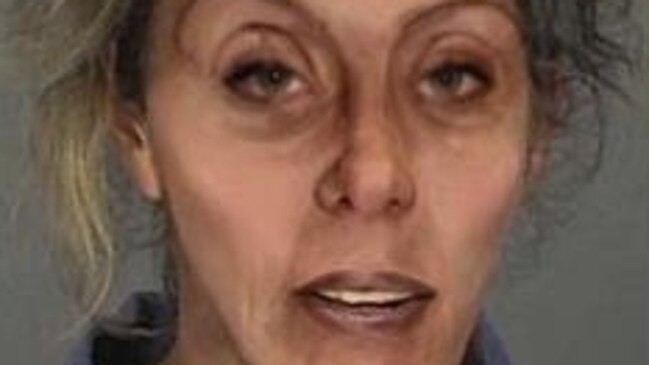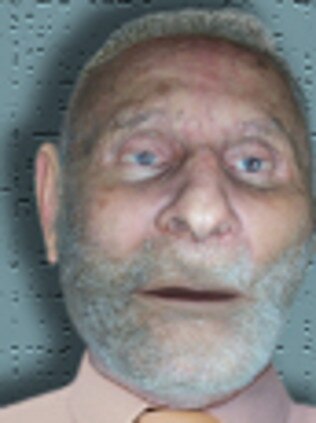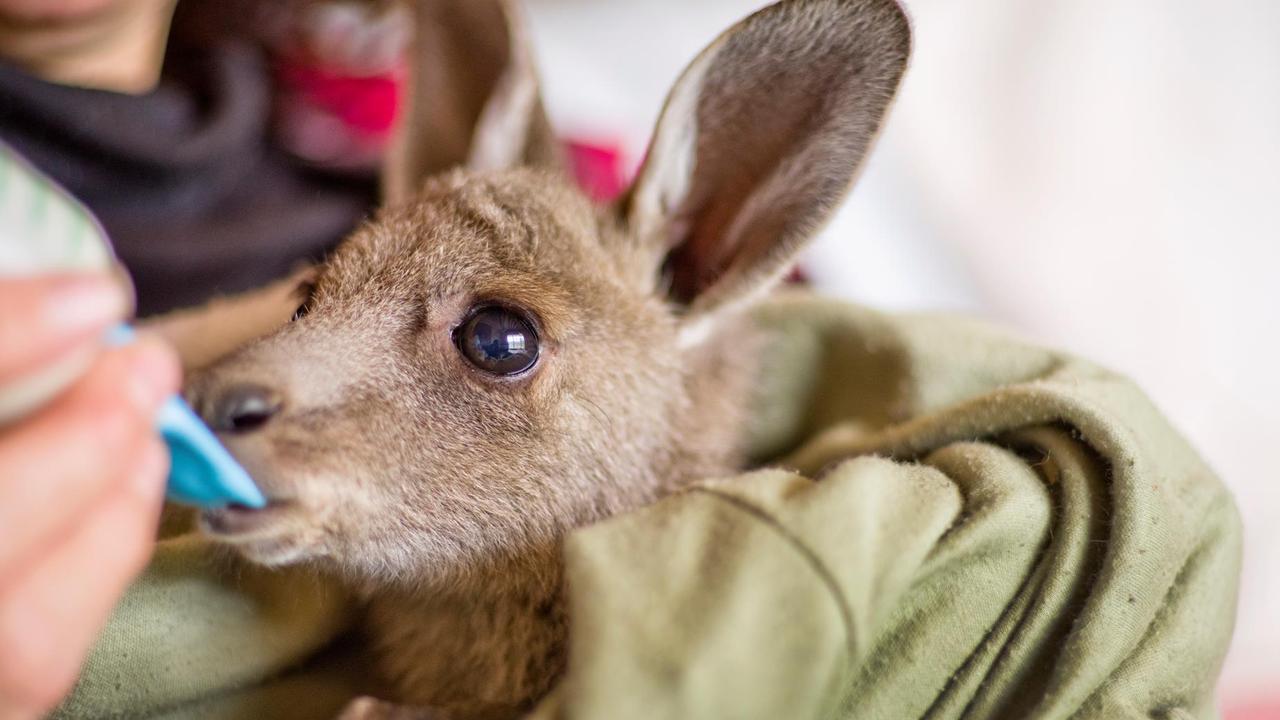These are Victoria’s lost souls, someone’s loved one, but their remains have never been claimed
THEY are Victoria’s lost souls. Someone’s son, someone’s daughter. But their remains have never been claimed by a loved one.

VIC News
Don't miss out on the headlines from VIC News. Followed categories will be added to My News.
THEY are Victoria’s lost souls. Someone’s son, someone’s daughter.
But their remains have never been claimed by a loved one.
Instead they are nameless, only given a number as they lay in the morgue or in an unmarkedgrave under a grassy patch designated to the unknown at Springvale cemetery.
The Jane or John Does have somehow fallen off the radar. Forgotten.
But the team at the Victorian Institute of Forensic Medicine are dedicated to ensuring that doesn’t happen.
Forty-four unidentified cases that span decades remain actively open on the institute’s DNA database.
Extensive forensic examinations, cross-references with missing persons, medical and dental records and media appeals have failed to give any hint as to who they may be or where they have come from.

Some are murder victims whose brutal killers are still on the loose.
Others the Coroner has determined died of natural causes; or are believed to have tragically taken their own lives.
Among the unsolved mysteries is case number 1238/95, a man whose bashed and murdered body was found dumped in Roxburgh Park in 1995.
Investigations led homicide detectives to possible sightings of him at a Sunbury housing estate and a pharmacy in the days leading up to his death.
They were even able to pinpoint, through an autopsy, his last meal was pork and vegetables — but nothing lead to his name.
No-one even came forward when police took the unprecedented step of publicly releasing a morgue photo of his beaten face.
Then there’s the elderly homeless man who had made an alcove, next to rubbish bins, in a Carlton North apartment block his home for two years.
Residents say he left on a city-bound tram each morning and returned at 6.30pm like any other fulltime worker.





Where he would go is just as much of a mystery as who he was.
Another case VIFM staff are desperate to put a name to is “the man with the blue and purple scarf” as he has become known among the walls of the Kavanagh St complex.
Ten years ago, his skeletal remains were found by a ranger in Dandenong Ranges National Park.
Handcuffs, duct tape and a water bottle were found at the scene indicating he may have met with foul play. But a rope noose in a tree overhanging the remains would indicate a very different, lonely end to his life. He was believed to be around 25 years old.
VIFM forensic technical services manager Jodie Leditschke has worked in the Melbourne mortuary for 27 years and said it is hard to fathom no-one in the world would be looking for these people.
“There are a couple of cases where they are quite young and visually fine, artist sketches were out in the media, and you’d think that they are quite distinctive and would trigger people’s memory, but no-one comes forward,” Dr Leditschke said. “To think they have fallen completely off the radar or just haven’t wanted to be found is really quite sad.”
The difficult task, she says, for the DNA, odontology, anthropology and pathology specialists is a majority of their unidentified remains were decomposed or skeletonised when found.
In some cases, they could be trying to extract information like a possible age or gender from just one small piece of bone or body part — a femur, skull or jawbone — that has washed up on a beach or been found in the bush, exposed to the elements for some time.
And in this big world, they could be from anywhere.
A recent unidentified person was tracked to Europe purely by his brand of jeans being manufactured there.
An appeal in local media and a family who had not heard from their son travelling in Australia came forward. DNA was taken and he was a match.
“That is all the police are looking for, that tiny little hint,” Dr Leditschke said.
As new and advanced technologies in methodology are found or police have a breakthrough in a case and suspect an ID of a person, the remains are re-examined.
In some cases, they have to be exhumed.
“We are constantly going back over them,” Dr Leditschke said. “We never give up.”
In a public appeal in May to try and identify “unknown female 443” — a woman police found dead near train tracks in St Kilda in 1961 — Port Phillip Crime Investigation Unit Detective Senior Constable Adam Burnett said it was time to give her an identity.
“For the past 55 years this woman has remained nameless,” he said. “There must be someone out there who knew this woman and can help solve this half-century long mystery.”
His words could ring true for any one of the unknowns waiting to be identified.
Sadly, many people who would have known this woman would now be dead.
A simple phone call may be all that holds the answer to solving these mysteries.
But for some cases they will forever remain as cold as the morgue they lay in.
rebekah.cavanagh@news.com.au


